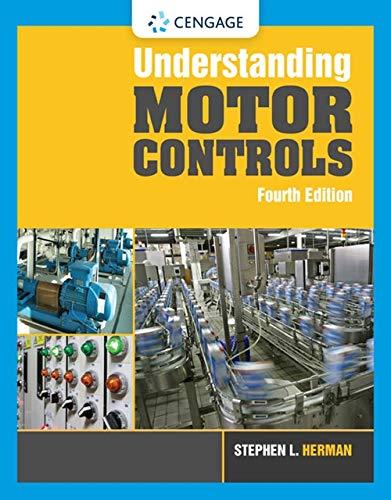
Concept explainers
For the unity feedback system shown in Figure 8.3, where
a. Sketch the root locus.
b. Find the value of K that will yield a 10% overshoot.
c. Locate all non-dominant poles. What can you say about the second-order approximation that led to your answer in Part b?
d. Find the range of K that yields a stable system.
Want to see the full answer?
Check out a sample textbook solution
Chapter 8 Solutions
Control Systems Engineering
- Homework: For a unity feedback system with the forward transfer function: K(s + 20) G(s) = s(s + 2)(s+3) find the range of K to make the system stable.arrow_forward5. A feedback system's open-loop transfer function is K G(s) = s(s+ 3)(s+ 6) 1)Sketch the system root locus. 2)Find the range of K when the system is a stable system.arrow_forwardQ5 Hydraulic power actuators were used to drive the dinosaurs of the movie Jurassic Park. The motions of the large monsters required high-power actuators requiring 1200 watts. One specific limb motion has dynamics represented by: y = [0 1] Design the state feedback gain matrix using the Ackermann's formula method. Where the new closed loop poles to be placed at s1,2 =-17j3.arrow_forward
- P6. The open loop transfer function of a unity feedback system is K(s+2) G (s) = s(s+3)(s²+2s+10) 1- Find the value of K so that the error steady state for the unit ramp input r(t)=t is less than or equal to 0.01. 2-For the value of K found in part (1), use the Routh method to verify whether the closed loop system is stable.arrow_forwardThe open loop transfer function of a humanoid's arm control system is given as: K G(s) = 2 s(s + 2s + 2) (a) Clearly locate all poles and zeros on a linear graph paper. Provide calculations for the following: asymptote angles, centroid for asymptotes, and departure angle from complex pole. (b) Plot the complete root locus, with the locus on the real axis is clearly shown. Use the scale of 4 cm : 1 unit for both axes and choose the longer side of the graph paper as the real axis.arrow_forwardPlease refer to the instruction below. As7 A42 A76 x, Aer A43 A54 A65 A32 X, A45 A s0 A23 A34 A72 Fig. 8-34 Identify the (a) input node, (b) output node, (c) forward paths, (d) feedback paths, (e) self-loop. Determine the (f) loop gains of the feedback loops, (g) path gains of the forward paths.arrow_forward
- For the feedback control system has: G(s)=- s(s+2)(s+4) H(s)=D s +2s +5 Investigate the stability of the system using Routh Criterion method.arrow_forwardA Block diagram of a feedback control system is shown in Figure Q3. Using the Block Diagram Reduction Method, solve for the output Y(s) when:(i) Input D(s) = 0,(ii) Input R(s) = 0,(iii) Input R(s) and D(s) are both applied (i.e., R(s) ≠ 0 , D(s) ≠ 0).arrow_forwardGiven the system equipped with unitary feedback, whose direct branch transfer function is: (s + 4) (s + 2) (s+5)(s + 9) Design a PID controller with one of the Ziegler-Nichols methods. G(s)=arrow_forward
- b. Use Routh - Hurwitz stability criterion to determine the system having the following function is stable. s 3+ 3s?+ 7s +k = 0arrow_forwardand 1) 2) LIUS S Consider the following feedback system, where K is a constant gain G(s) === 1 s3 +382 +s+1 Let K be a real number. Utilize the Routh-Hurwitz criterion to derive stability conditions for the closed-loop system. Suppose that the reference input r(t) = 1. What are the steady-state tracking errors (ess) for K = 1 and K = 3, respectively? R K G(s) Y Figure 2: Control system in Problem 2.arrow_forwardDetermine the 75%, 90%, and 95% response time for the system given by (assume zero initial conditions): ?̈+ 2?̇ + 4? = ?(?)arrow_forward
 Understanding Motor ControlsMechanical EngineeringISBN:9781337798686Author:Stephen L. HermanPublisher:Delmar Cengage Learning
Understanding Motor ControlsMechanical EngineeringISBN:9781337798686Author:Stephen L. HermanPublisher:Delmar Cengage Learning
